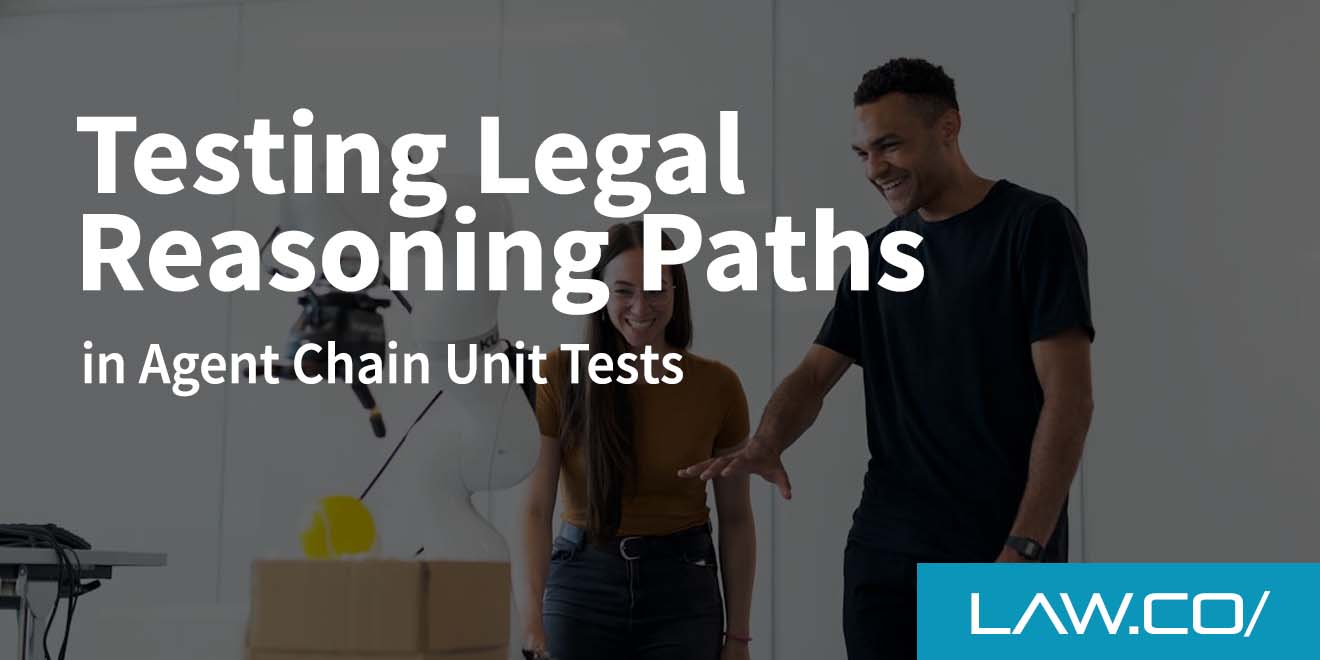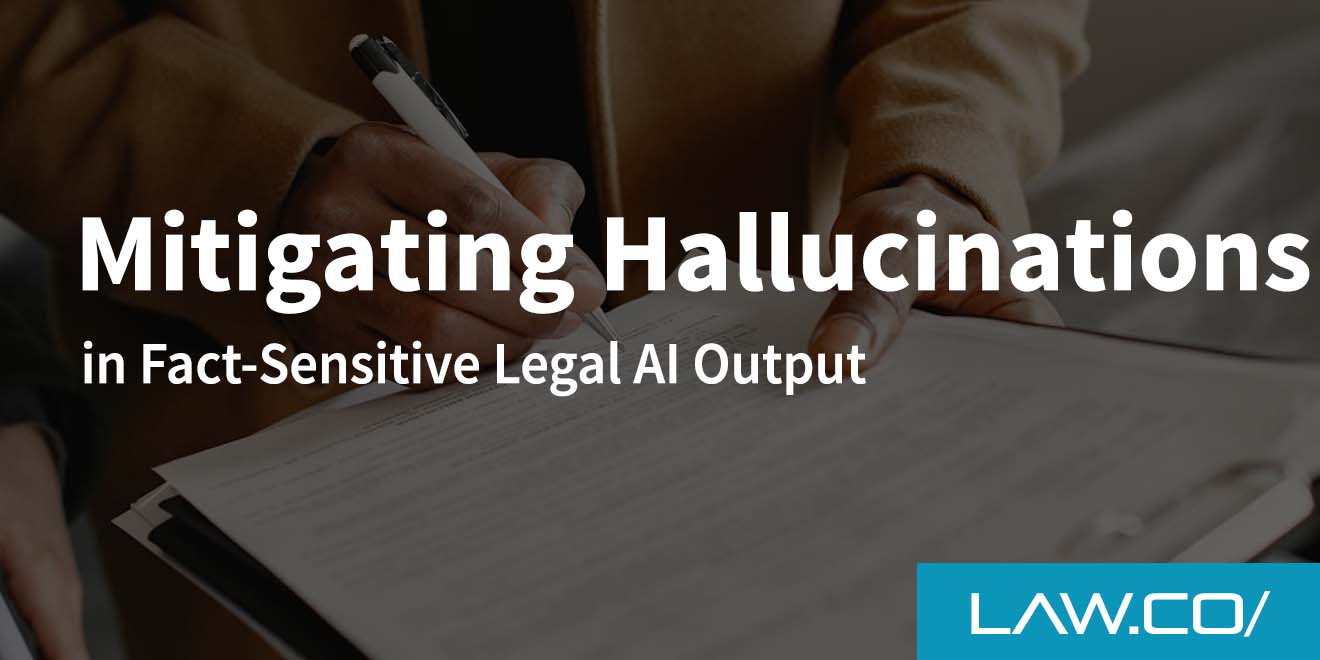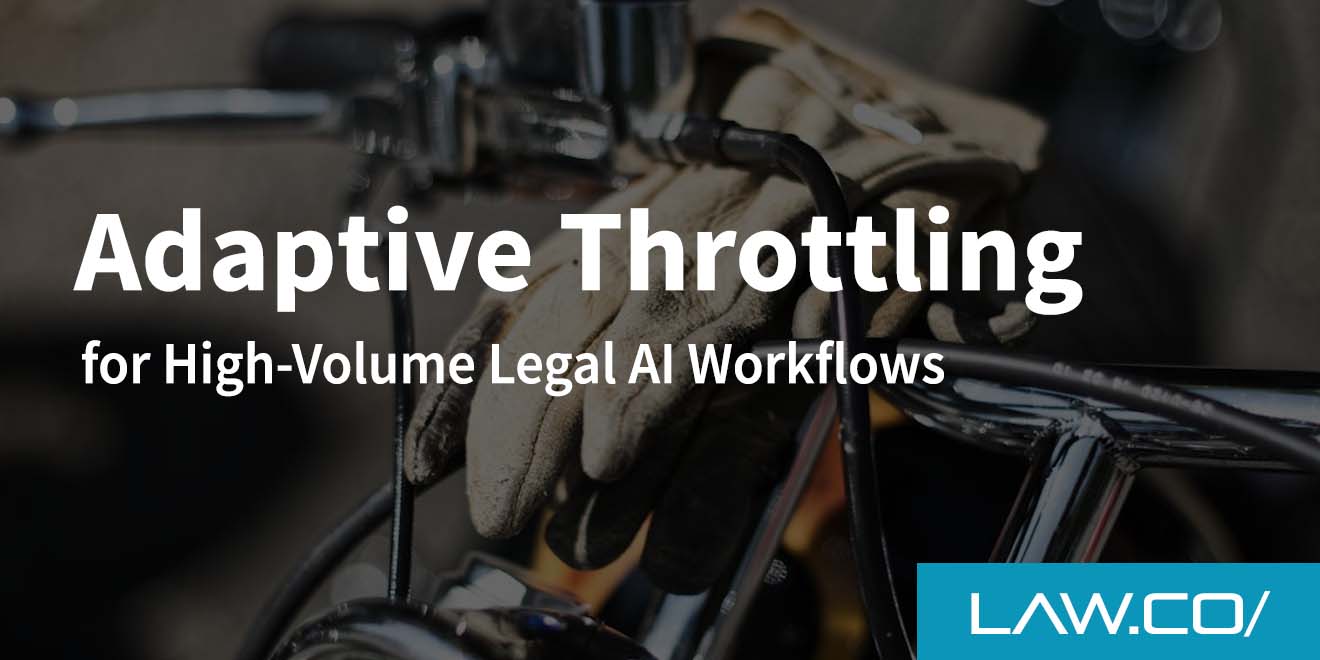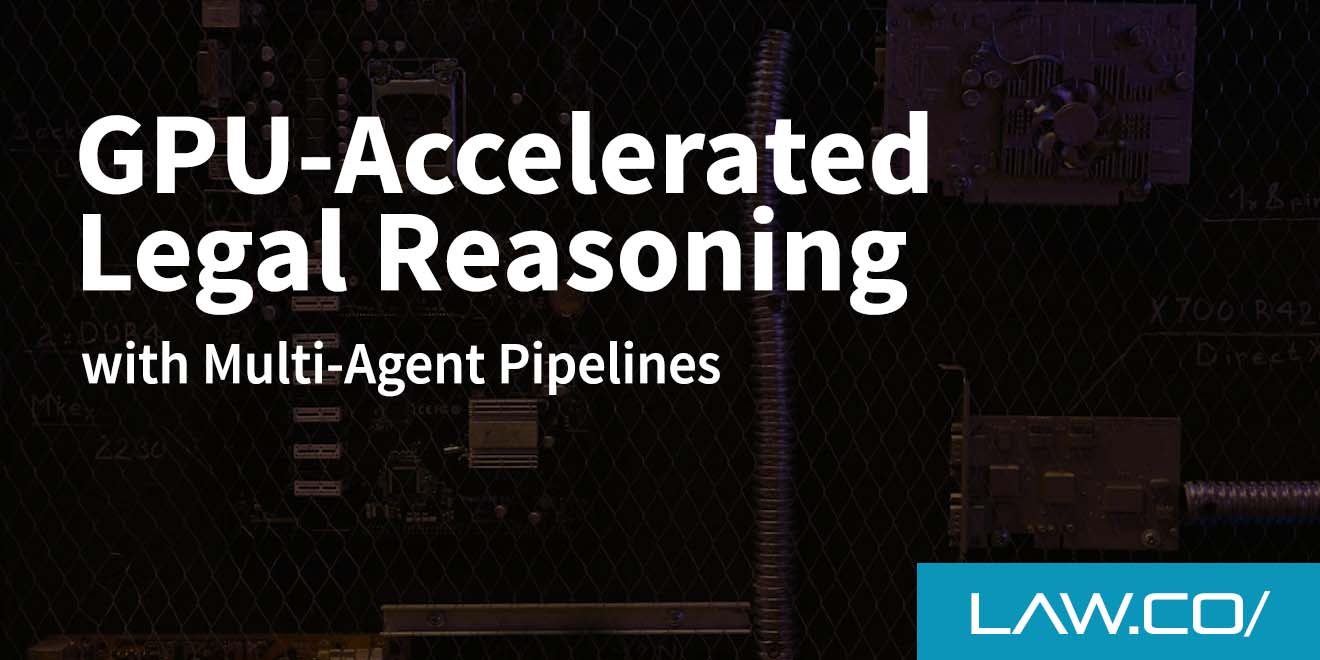

Testing Legal Reasoning Paths in Agent Chain Unit Tests
Artificial intelligence is elbowing its way into legal workflows, and with it comes a new obsession: whether the machine’s reasoning holds up when the stakes are high. For readers in the orbit of lawyers and law firms, the phrase “agent chain unit tests” might sound like a sci-fi contraption. It is not. It is a practical way to verify that a system which breaks work into small agent steps can actually think in a legally defensible way, on purpose, and on repeat.
Why Legal Reasoning Paths Need Testing
Legal outcomes are fragile. A single mistaken assumption can tug on a thread and unravel a conclusion that looked fine five steps earlier. When a system uses a sequence of agents to parse issues, fetch authorities, interpret standards, and assemble a result, each hop adds risk.
Testing the path of reasoning, not just the final answer, reduces that risk and satisfies auditors who want an explainable process. It also makes debugging faster by pinpointing the exact step that failed, so fixes are surgical, not speculative.
What Counts as a “Reasoning Path” in an Agent Chain
An agent chain is a choreography of specialized workers. One worker reads a query, another identifies issues, another maps rules to facts, and another drafts a candidate output. The path is the ordered list of decisions and transitions from input to conclusion, including the policy for each step, the data in scope, and the conditions that trigger retries or fallbacks.
Because law is hierarchical, paths branch. A statute can control unless a regulation narrows it, unless a case refines it. A robust test suite treats those forks as first class citizens and checks that whichever route the system chooses, it follows posted signs and stops at the right intersections. The goal is not to force a single golden road. The goal is to ensure the system stays on roads that are actually on the map.
Unit Tests That Respect Legal Structure
Define Assertions on Elements, Not Vibes
Unit tests collapse when assertions are mushy. Replace “sounds right” with checks on traceable elements. Did the agent identify the controlling jurisdiction? Did it separate mandatory authority from persuasive authority, and did it carry defined terms correctly. These are crisp targets that can be verified with schemas, patterns, or lightweight rule checkers, and they produce failure messages a lawyer can read without squinting.
Separate Rule Extraction from Application
Mixing rule extraction and application makes tests brittle. Keep one set of agents focused on pulling rule statements, definitions, and thresholds, and another set focused on applying those rules to a fact pattern. Tests for extraction can assert that the cited rule is present in the source. Tests for application can assert that the correct threshold was compared to the correct fact. Decoupling yields clearer failures and fewer misleading passes.
Measure Coverage by Forks, Not Files
Coverage in software often means lines touched. Coverage in legal agent chains is better measured by forks in the reasoning path. If the chain branches for civil and criminal, exercise both. If a regulation lists four exceptions, write scenarios that light up each one. Fork coverage forces you to design inputs that activate the decision tree, which is where bugs like to hide.
Oracles for Correctness Without Ground Truth
Use Groundable Claims
The hardest part of testing legal output is knowing what is correct. When ground truth is contested, test for groundable claims. A groundable claim cites a source and paraphrases it faithfully. Your assertions can check that citations exist, that they point to the expected class of authority, and that paraphrases do not invent thresholds or carveouts. Agreeing on the ultimate outcome can wait for review; tests should police fidelity.
Prefer Deterministic Fixtures Over Live Fetching
Live research feels realistic, and it sabotages stability. The chain may surface different authorities on different days, and your tests will flap. Use fixtures that snapshot the sources relevant to a scenario, then point agents at those snapshots during testing. Runs stay repeatable, and you can explore edge paths without time pressure or shifting search rankings.
Tolerate Equivalent Wording, Not Equivalent Logic
Text varies even when logic does not. Allow phrasing variety while staying strict about structure. If the agent says substantial compliance instead of material compliance, that may be a real change. If it says within ten days instead of no later than ten days, that may not be. Target elements like deadlines, thresholds, parties, and obligations to avoid overfitting to style.
Guardrails That Make Tests Honest
Freeze Randomness and Control Temperature
Stochastic systems drift. Freeze the random seed, turn down the temperature for deterministic steps, and isolate the creative bits where you truly want variety. Consistent runs are merciful. Teams that ignore this spend afternoons chasing ghosts that only appear on Tuesdays.
Validate Inputs Like a Fussy Editor
Reasoning fails quietly when inputs are sloppy. Before the chain begins, validate the payload. Are dates in ISO format. Are citations in a consistent style. Are role labels present? Add tests that feed malformed inputs and assert that the chain refuses to proceed or repairs the defect in a traceable way. Little checks prevent big headaches.
Keep Logs Human Readable
Logs that read like a flight data recorder are noble. Logs that read like an alien diary are not. Record what each step saw, what it decided, and why it moved on. Tests can assert the presence of these fields and their basic coherence. When someone must explain an output, the logs become a gift from past you to future you.
Designing Scenarios That Exercise Real Legal Reasoning
Build From Elements and Relations
Think in terms of elements, burdens, defenses, and remedies, then consider the relations between them. A scenario should force the chain to select the correct elements, assign burdens to the right party, evaluate a defense, and link the remedy to the finding. Phrase inputs in that structure and your suite becomes a compact map of substantive law.
Calibrate Difficulty Like an Exam
Too easy, and the chain never visits interesting forks. Too hard, and you test despair. Start with clean triggers for rules, then add controlled noise that tempts mistakes. A stray qualifier here, a nested exception there, and you learn whether the chain respects hierarchy or grabs the first shiny rule in sight.
Treat Definitions as First Class Citizens
Many disagreements are fights over definitions. Give your chain explicit tasks to identify defined terms and carry them forward. Tests should assert that definitions are imported, applied, and not replaced by casual meanings. When definitions are respected, everything downstream gets simpler.
Metrics and Governance That Keep You Honest
Accuracy is comforting, and it can hide structural flaws. Track time to first failure, mean time to diagnose, and the rate of untested forks discovered in production. These metrics reflect the health of the reasoning path. A chain that fails loudly and locally is safer than a chain that usually gets the right answer yet occasionally takes a mysterious shortcut.
Governance turns good intentions into habits. Decide who owns the suite, how often fixtures are refreshed, and what threshold of failure blocks a release. Require signoff when new forks are added to the chain. Give auditors a clean story about how your team knows what the system can and cannot do. Security belongs in governance as well.
Reasoning chains are tempting places to inject prompts, poison data, or smuggle instructions. Include adversarial inputs that try to bend the chain off its declared path and confirm the attempt is rejected, logged, and surfaced.
A Practical Workflow for Agent Chain Unit Tests
Start with a thin slice of the chain and a short set of scenarios. Write assertions on the smallest units you can name. Add forks deliberately, and for each fork, add fixtures and targeted checks. Stabilize randomness, snapshot sources, and record readable logs. Integrate with tools that run tests on each pull request and on a nightly schedule. When a failure appears, treat it as a gift, because it shows you where the reasoning needs a seatbelt.
As your suite grows, maintain a catalog of questions the chain should decline to answer. Tests can assert that the system recognizes these and routes them to human review. Refusing to answer is not a bug when it is a feature. It prevents confident nonsense and channels effort toward the next useful improvement. Finally, educate your team.
Add short guides to the repository that explain how to add a scenario, how to write a fork focused assertion, and how to debug a failure. With a good test suite, your agents stop feeling mysterious. They feel like junior analysts who follow the checklist, cite their work, and improve with practice.
Conclusion
Testing legal reasoning paths inside agent chains is not academic busywork. It is the difference between a clever demo and a dependable tool. Define assertions on legal elements, not vibes. Decouple rule extraction from application.
Exercise forks, freeze randomness, snapshot sources, and log in plain language. Then keep score with meaningful metrics and a governance plan that resists drift. Do that steadily, and your system will trade magic tricks for honest results you can defend with a straight face and a clear audit trail.

%201.svg)










